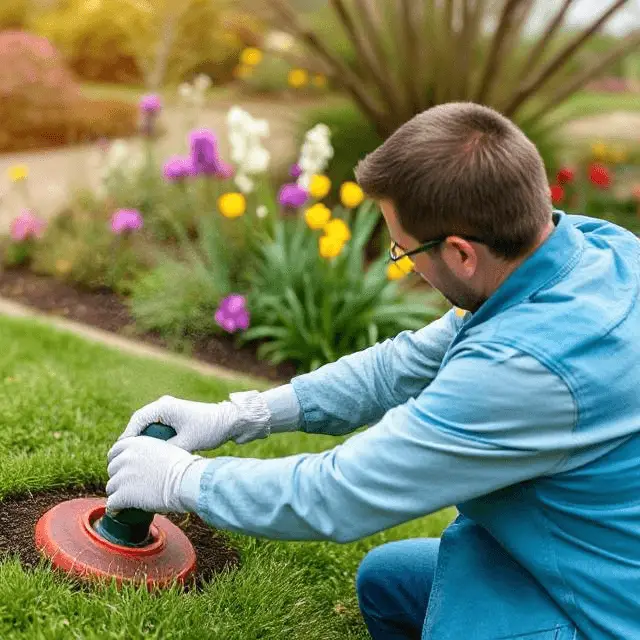5 Common Weeds in Bermuda Grass
Last Updated on July 26, 2024 by Duncan
Bermuda grass, a warm-season grass, is a view to behold when properly maintained.
Unfortunately, like any other grass type, it’s affected by weeds that often occur in shaded areas or areas not receiving enough water.
Are you wondering which are the common weeds in Bermuda grass? Here they are:
Poa Annua
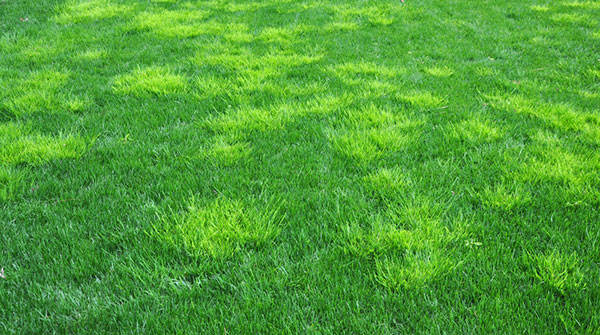
Also known as annual bluegrass, Poa annua is an annual weed known to produce large amounts of seeds that can lay dormant for even years before sprouting.
The weed is characterized by a tall tasseled seed stalk above the rest and becomes more visible in late spring or early summer.
Poa annua grass can be a problem to your Bermuda grass as it produces many seeds (even when you cut the stalk short) and thrives during cool weather when the Bermuda grass (warm weather grass) is dying back.
This means the weed invades your lawn when it’s most susceptible.
To control Poa Annua grass, you need to keep tabs when it germinates. In most cases, it germinates in the late fall or early spring.
One of the best ways to control this weed is by using Pre-emergent herbicide to prevent the seeds from germinating.
Apply the herbicide in early fall and again in early spring. Since Poa Annua seeds can stay dormant for many seasons, use this method to reduce Poa Annua in your lawn—not to completely get rid of it.
Another way to control the weed is to use selective herbicides that selectively kill Poa Annua. For best results, let professionals apply these herbicides.
You can also use non-selective herbicides or boiling water to kill Poa Annua, but unfortunately, this will also kill other plants that the herbicides come into contact with, so use this method if you want to kill all the grass in your lawn. In short, use this method if you want a new lawn from scratch.
Tall Fescue
Introduced by European settlers as forage for livestock, tall fescue has evolved into a significant pest.
The weed is characterized by thick root masses that are tough and almost impossible to pull, and mowing them encourages the growth of the stubborn plant.
Tall fescue weeds are opportunistic, and you will find them even in the best growing Bermuda grass. Since they tolerate a wide range of soils and moisture conditions, you can find the weeds in almost any yard.
Tall fescue weeds emerge in early spring and reach maturity by late September. Huge weed clumps may form in autumn and will remain green the entire winter.
Although, you can’t eradicate the weed by pulling, you can dig the seedlings and isolate clumps early in the season.
The best way to control the weed is to spot treat it with a product containing Glyphosate.
You can spray the plants at any time, but studies show that it works better when you spray in spring or late fall.
When undertaking the spraying, note that herbicides are ineffective when the weed is dormant, so you have to wait for it to get active.
For best results, follow the manufacturer instructions. Also, wear protective clothing such as goggles, gloves, long pants, sleeved shirt, or closed shoes to protect yourself.
Pigweed
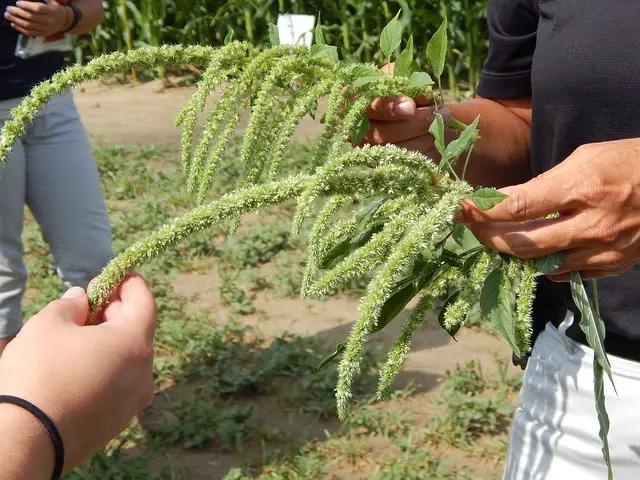
The most invasive type of pigweed is prostate pigweed that grows circular with low-growing stems from a central spot, resembling a spider web.
The radial stems are reddish-purple and can grow to more than a foot long. The leaves are about half an inch long and oval-shaped.
The flowers are reddish-green and often produce seeds resembling small black sand grains.
Like other weeds, pigweed is tough, grows in various conditions, and is highly resistant to herbicides.
Prostrate pigweeds grows the best in sandy soils, so if your Bermuda grass is encroached by the weed, it means you have sandy soil in your yard.
The best way to control the weed is to improve the sandy soil.
The weed grows in a shape that makes it easy to pull the plant from the soil.
To pull it, firmly grab the center of the pigweed and pull it out from the central stem while taking care that you pull as much root as possible.
For best results, pull the weed in spring before it develops seeds.
You can also kill the weed using chemicals. When getting the chemicals, use those containing Dicamba or glufosinate-ammonium or glyphosate.
Chemicals containing glyphosate or Glufosinate-ammonium are non-selective weed killers so that they will kill pigweed and other plants in your lawn, so only use them when you want to clear out all weeds and plants growing in your yard.
Chemicals containing dicamba are selective to weeds, such as pigweed, to kill pigweed without harming other plants growing in the area.
Although, pigweed is an annual weed, its seeds are extremely resilient, and they can go for up to 20 years before they germinate.
This means complete eradication of the prostate pigweed can take a long time. You need to be persistent in your efforts if you want a prostrate pigweed free yard.
Chickweed
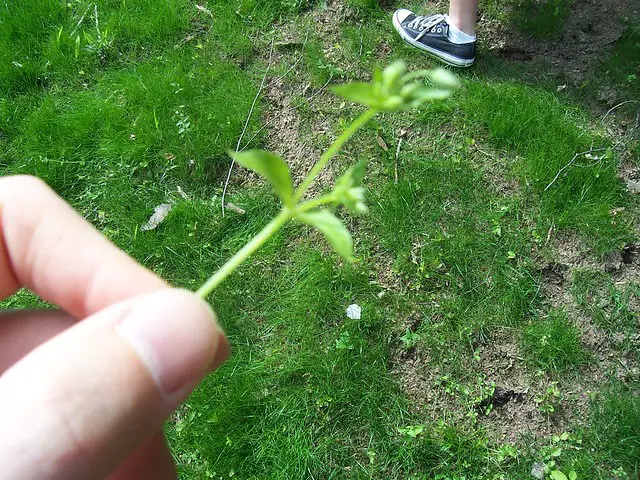
Also known as satin flower, starwort, and other names, chickweed rarely grows more than 2 inches tall. It’s characterized by a shallow root system and a thick, dense mat.
There are two types of chickweed: mouse-ear chickweed and common chickweed.
Mouse-ear chickweed forms dense, low-lying patches within the lawn while the common chickweed is often annual and easy to control.
The best way to get rid of chickweed from your lawn is to pull it out from the ground.
Thankfully, both species of the weed have shallow roots, so you have an easy time removing them.
Maintaining a healthy, vigorous lawn is another excellent way to control chickweed on your lawn.
One great way to keep your lawn healthy is to apply nitrogen fertilizer and water the lawn.
If you have a few chickweed plants, crush them by treading on them.
The nitrogen in the fertilizer will burn the chickweed, but the grass will recover. The thick lawn will also prevent chickweed seeds from sprouting.
Got a serious infestation? Control it by spraying a lawn herbicide. Remember to water the lawn before applying the herbicide, then spray it evenly across your lawn.
Canada thistle
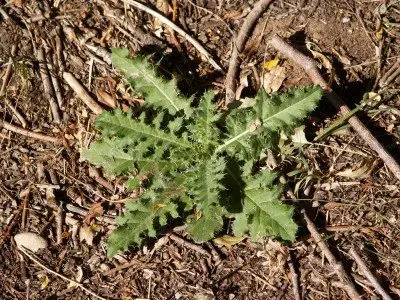
Characterized by soft green, deeply lobed, spear-shaped leaves, Canada thistle is one of the most noxious weeds you can have in your lawn. The weed is hard to control due to plenty of reasons.
One of the reasons is because it grown on an extensive root system that goes deep into the ground.
When you remove it, and you forget even a small piece of root, Canada thistle can easily grow back.
One of the ways of controlling the weed is to make it less friendly to your yard. Although, it will grow anywhere,
Canada thistle grows best in soils with low fertility and open areas, so to eradicate it from your lawn, you should improve soil fertility.
You can also kill the weeds with herbicides.
When using herbicides, remember that most of them are non-selective, so they will kill everything they come in contact with, so use them with caution.
It’s always good to apply herbicides in areas where you don’t mind killing all the grass.
You should never pull the weed out as this can split the root, and the annoying weed will grow back. Instead, use a sharp eye and a sharp pair of scissors to remove it.
Will Bermuda grass take over weeds?
Yes, well maintained and thick Bermuda grass will overpower and take over weeds and prevent them from establishing a competitive presence.


